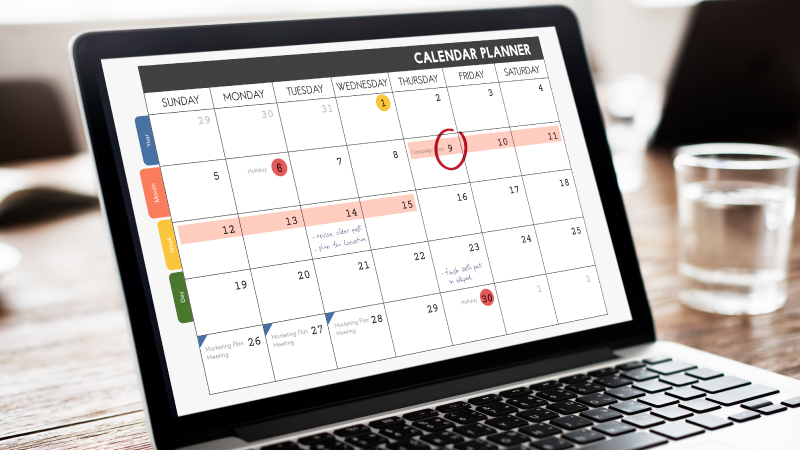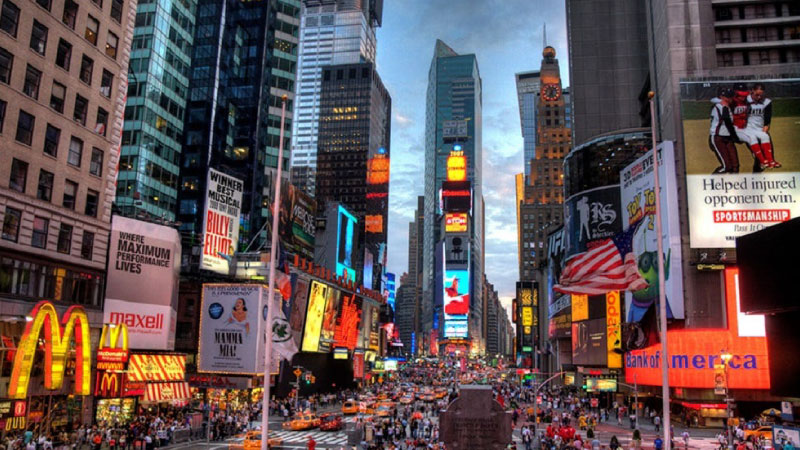As an exhibition organizer in Dubai, orchestrating a successful trade show involves meticulous planning, dynamic marketing strategies, and an understanding of both local and international markets. Dubai, a global hub for business and innovation, provides a unique backdrop for high-profile events that attract a diverse audience from around the world. This guide will explore the comprehensive steps required to master marketing management during a major trade show in Dubai, ensuring that your event not only meets but exceeds expectations.

1. Pre-Show Preparation: Laying the Foundation for Success
1.1 Define Your Goals and Objectives
Before diving into the complexities of event planning, it’s crucial to establish clear goals and objectives for the trade show. As an exhibition organizer, your objectives may include generating a certain number of leads, increasing brand awareness, launching new products, or establishing industry partnerships. Having specific, measurable goals will guide your marketing strategies and provide benchmarks for success.
1.2 Know Your Audience
Understanding the demographics, interests, and needs of your attendees is key to tailoring your marketing efforts. Leverage data from previous events, industry reports, and insights from trade show organizers to create detailed buyer personas. These personas will help you target your marketing messages effectively, ensuring they resonate with the right audience segments.
1.3 Develop a Comprehensive Marketing Plan
A well-rounded marketing plan is essential for the success of your trade show. This plan should include both online and offline strategies, such as social media campaigns, email marketing, content creation, public relations, and partnerships. It’s important to allocate a budget for each activity and set clear deadlines to ensure everything runs smoothly. Additionally, consider developing contingency plans to address any potential challenges that may arise.
1.4 Design Eye-Catching Booths and Displays
Your exhibitors’ booths are the face of their brands at the trade show. As an organizer, it’s your responsibility to provide guidelines and support to ensure these booths are visually appealing and engaging. Encourage exhibitors to invest in high-quality, eye-catching designs that reflect their brand identity. Interactive elements, such as touchscreens, virtual reality experiences, and live demonstrations, can create memorable experiences for attendees and increase foot traffic to their booths.

1.5 Leverage Technology
Dubai is known for its embrace of cutting-edge technology, and your trade show should reflect this. Incorporate advanced technologies, such as augmented reality (AR), virtual reality (VR), and AI-driven chatbots, to enhance the attendee experience. Offering a mobile app for the event can also provide attendees with real-time updates, floor plans, and personalized schedules, improving overall engagement.
2. Marketing During the Trade Show: Engaging Your Audience
2.1 Real-Time Engagement
During the event, real-time engagement is crucial. Utilize social media platforms to share live updates, photos, and videos from the trade show floor. Encourage attendees to use event-specific hashtags and tag the event organizers, exhibitors, and speakers in their posts to increase visibility. Additionally, consider setting up live streams for key sessions or product launches to reach a wider audience.
2.2 Interactive Content
Interactive content is a powerful tool for drawing attendees to your exhibitors’ booths. Encourage exhibitors to host live demonstrations, product trials, workshops, and Q&A sessions at their booths. Interactive content not only attracts visitors but also provides them with hands-on experiences that leave a lasting impression.
2.3 Networking and Relationship Building
Trade shows are prime opportunities for networking. Facilitate networking by organizing structured events, such as industry mixers, speed networking sessions, and roundtable discussions. Provide attendees with dedicated spaces for informal meetings and ensure they have access to networking tools, such as event apps with matchmaking features.
2.4 Monitor Competitors
As an organizer, it’s important to stay informed about the activities of other trade shows and exhibitions in the region. Monitor competitors’ marketing strategies, attendee engagement tactics, and technological innovations. This information can provide valuable insights and help you refine your own approach to ensure your event stands out in the crowded market.

2.5 Collect and Analyze Data
Data collection and analysis are critical to understanding the success of your trade show. Use digital tools to gather data on attendee behavior, booth interactions, and feedback. Real-time data analysis can help you make immediate adjustments to improve the event experience. Post-event, this data will be invaluable for evaluating the effectiveness of your marketing efforts and planning future shows.
3. Post-Show Follow-Up: Sustaining Momentum
3.1 Evaluate Your Performance
After the trade show concludes, it’s time to evaluate your performance against the goals and objectives set during the pre-show phase. Analyze the data collected to assess the effectiveness of your marketing strategies, the quality of leads generated, and the overall impact of your event. Conduct debriefing sessions with your team and key stakeholders to discuss successes, challenges, and areas for improvement.
3.2 Follow Up with Exhibitors and Attendees
Effective follow-up is crucial for maintaining the relationships built during the trade show. Send personalized thank-you emails to exhibitors, attendees, and partners, expressing your appreciation for their participation. Provide them with post-show reports, including data insights and feedback, to demonstrate the value they gained from the event.
3.3 Gather Feedback
Solicit feedback from exhibitors, attendees, and your internal team to gain a comprehensive understanding of what worked well and what needs improvement. Use surveys, interviews, and focus groups to gather insights. This feedback will be instrumental in refining your strategy for future trade shows, ensuring continuous improvement.
3.4 Update Your Marketing Materials
Based on the insights and feedback gathered, update your marketing materials to reflect the latest trends, attendee preferences, and technological advancements. Refresh your content, visuals, and messaging to keep your brand and your events relevant and appealing to your target audience.
3.5 Analyze ROI
Calculating the return on investment (ROI) for your trade show marketing efforts is essential for making informed decisions about future events. Consider factors such as lead conversion rates, brand exposure, attendee satisfaction, and overall impact on your business goals. A thorough ROI analysis will help you identify the most effective strategies and allocate resources more efficiently in the future.
4. Leveraging Dubai’s Unique Opportunities: Maximizing Impact
4.1 Utilize Dubai’s Business Ecosystem
Dubai’s vibrant business ecosystem offers numerous opportunities for networking, partnerships, and collaborations. Engage with local business leaders, industry influencers, and government officials to enhance your event’s visibility and credibility. Consider organizing pre-show or post-show events that allow for deeper engagement with the local business community.
4.2 Tap into Regional Media
Dubai’s media landscape is dynamic and influential. Leverage this by partnering with local media outlets for event coverage, interviews, and sponsored content. Engaging with regional media can significantly boost your event’s reach and attract a broader audience, including those who may not have been aware of the trade show.

4.3 Cultural Sensitivity
Dubai’s cultural diversity is one of its strengths, but it also requires a thoughtful approach to marketing and event management. Ensure that your marketing materials, messaging, and event programming are culturally sensitive and resonate with the local audience. Consider offering multilingual support and catering to different cultural preferences in food, entertainment, and business etiquette.
4.4 Explore Strategic Partnerships
Strategic partnerships with local businesses, industry associations, and government entities can provide additional marketing channels and resources for your trade show. These partnerships can enhance your event’s credibility, increase its appeal to local audiences, and provide opportunities for collaborative marketing efforts.
Achieving Success in Dubai’s Competitive Market
Successfully managing marketing during a major trade show in Dubai requires a combination of strategic planning, innovative execution, and a deep understanding of both the local and global business landscapes. By defining clear goals, leveraging advanced technology, and adapting to real-time developments, you can maximize the impact of your event and achieve your marketing objectives.
Dubai’s unique business environment offers both challenges and opportunities, making it essential for exhibition organizers to stay informed, agile, and culturally aware. With the right strategies in place, your trade show can not only stand out in Dubai’s competitive market but also set a new standard for excellence in the industry.



